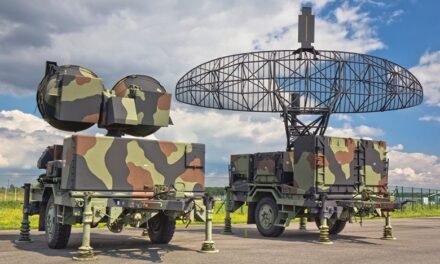Spacecraft and satellite manufacturing involves the use of highly specialized and advanced components to ensure reliability, durability, and functionality in the harsh environment of space. These components are designed to meet stringent requirements for temperature extremes, radiation, vacuum conditions, and operational efficiency. Here’s a detailed breakdown of the primary components used in spacecraft and satellite manufacturing:
1. Structural Components
- Primary Structure:
- Provides the framework to house and support all subsystems.
- Materials: Lightweight and high-strength materials like aluminum alloys, titanium, and composites (e.g., carbon fiber-reinforced polymers).
- Example: Honeycomb panels for rigidity and reduced weight.
- Secondary Structure:
- Supports non-load-bearing elements like cabling, thermal insulation, and secondary equipment.
2. Power Systems
- Solar Panels:
- Convert sunlight into electrical energy using photovoltaic cells.
- Materials: Gallium arsenide (GaAs) or silicon-based cells for high efficiency.
- Example: Deployable solar arrays on communication satellites.
- Batteries:
- Store energy for use during eclipses or when sunlight is unavailable.
- Materials: Lithium-ion batteries are the most common due to their high energy density and long life.
- Power Distribution Unit (PDU):
- Regulates and distributes power to all subsystems.
3. Propulsion Systems
- Chemical Propulsion:
- Uses liquid or solid propellants for orbit insertion, station-keeping, and maneuvering.
- Example: Bipropellant engines (e.g., hydrazine) for high thrust.
- Electric Propulsion:
- Ion or Hall-effect thrusters provide efficient, low-thrust propulsion for station-keeping or interplanetary travel.
- Example: Xenon-based ion thrusters.
- Reaction Control Systems (RCS):
- Small thrusters used for attitude control and precise maneuvers.
4. Thermal Control Systems
- Passive Thermal Control:
- Materials like multilayer insulation (MLI) and thermal coatings protect against extreme temperatures.
- Example: Gold or silver thermal blankets.
- Active Thermal Control:
- Systems like heat pipes, radiators, and fluid loops dissipate excess heat generated by onboard electronics.
- Example: Ammonia-filled heat pipes.
5. Communication Systems
- Antennas:
- Transmit and receive signals for data, telemetry, and commands.
- Types: High-gain antennas (HGAs), low-gain antennas (LGAs), phased array antennas.
- Materials: Lightweight materials like composites or titanium for deployable structures.
- Transponders:
- Convert and amplify received signals for transmission back to Earth.
- Radio Frequency (RF) Systems:
- Operate in specific frequency bands (e.g., Ka-band, Ku-band, X-band) for communication.
6. Payload Systems
- Scientific Instruments:
- Cameras, spectrometers, magnetometers, and other devices collect data for scientific missions.
- Example: High-resolution cameras on Earth observation satellites.
- Transponders and Repeaters:
- Used in communication satellites to relay data signals.
- Sensors:
- Collect environmental data such as temperature, pressure, and radiation levels.
7. Guidance, Navigation, and Control (GNC) Systems
- Attitude Control Systems (ACS):
- Maintain the spacecraft’s orientation using reaction wheels, gyroscopes, and thrusters.
- Star Trackers:
- Optical sensors that determine orientation by observing star patterns.
- Inertial Measurement Units (IMUs):
- Measure angular velocity and acceleration for precise navigation.
- Magnetometers and Sun Sensors:
- Used for attitude determination relative to Earth’s magnetic field and the Sun.
8. Onboard Computing and Data Handling Systems
- Command and Data Handling (C&DH):
- Manages all spacecraft operations, processes commands, and collects telemetry.
- Components: Central processors, memory units, and interfaces.
- Radiation-Hardened Electronics:
- Specially designed to withstand cosmic radiation and extreme temperatures.
- Example: Radiation-hardened microprocessors like RAD750.
- Data Storage:
- Non-volatile memory for storing mission data, such as flash-based storage systems.
9. Payload Deployment Systems
- Deployable Structures:
- Mechanisms for deploying antennas, solar panels, or instruments after launch.
- Example: Hinged or telescoping booms.
- Separation Systems:
- Pyrotechnic or mechanical systems for separating the spacecraft from the launch vehicle.
Examples of Spacecraft and Satellite Applications
- Earth Observation Satellites:
- Equipped with imaging payloads for agriculture, weather, and disaster monitoring.
- Communication Satellites:
- Include antennas and transponders for telecommunication and broadcasting.
- Scientific Probes:
- Carry instruments like spectrometers for planetary exploration (e.g., Mars rovers).
- Navigation Satellites:
- Use atomic clocks and signal repeaters for GPS and global positioning systems.













